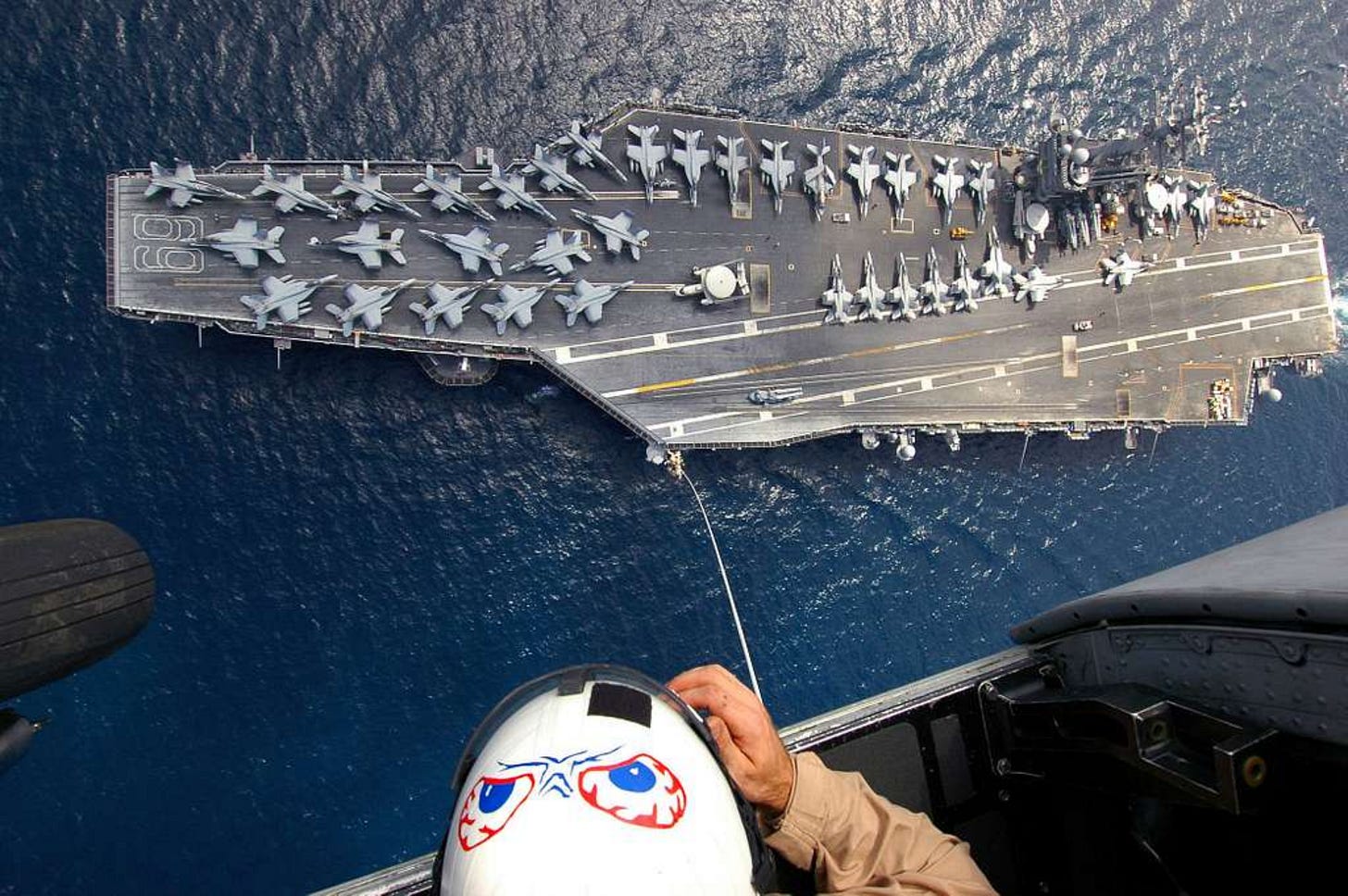
Click here to for the rest of the series.
Back in 2022, I was attending a conference in Yokosuka, Japan hosted by The Navy’s 7th Fleet and 3rd Marine Division. During one of the coffee breaks, I got caught up listening to a pair of fellow O5s arguing about the DF21.1 For those who don’t pay attention to the Peoples Liberation Army’s latest weapons — which seems to be most of the US Army — a Dongfeng 21 is a medium range ballistic missile, which, when it’s not carrying nukes or striking theater level targets, also likes to spend its free time sinking carriers. Or at least that’s what its Bumble profile claims.
The pair were arguing about just how effective the DF21 would be at such carrier-killing. My sympathies were with the marine, who thought the weapon was very much a problem, while his navy peer was dismissive. As I elbowed my way through to get some snacks, I got caught rolling my eyes, which prompted them to needle me for my opinion.
‘I don’t really care,’ I replied. Both seemed flabbergasted, which made sense. The whole conference was about stand-in forces — those of us stuck in the first island chain when a potential future war over Taiwan kicked off. We were trying to figure out how to prepare for exactly the sort of problem the DF21 represented. ‘What do you mean, you “don’t care”?’
‘Well, no one’s going to shoot one at me.’ This got a laugh but was fundamentally true. Even if all of our battalion’s 18 ODAs were all consolidated on a single spot — which is decidedly not how special forces fights — we still wouldn’t be worth striking with such an expensive missile. Back in 2022, I didn’t think any precision guided missile was worth shooting at little ol’ me. But I was wrong, because I wasn’t paying attention. I was only thinking of the Northrup Grumman and Ratheon type weapons, the Birkin bags of military hardware. I was missing just how inexpensive and easy it was getting to kill me. I wasn’t paying attention to the Shein — fast fashion — of weapons: cheap drones.
The plunging cost and weight of sensors and compute we discussed last week has married up with a similar trend in the costs of production. This has driven down the price of precision strikes as well.(46) As Army Futures Command Commander GEN Rainey put it, “My whole career I had to choose between mass and precision. Now you won’t have to.”(47)
The mass of many drones is often less than a kilogram, leading to unmatched scalability and reproducibility. The current maximum US monthly production of 155mm artillery is 50,000 rounds a month. Meanwhile, just a single Ukrainian producer is churning out 31,000 drones in the same span.(48) Despite having the 57th largest economy in the world, Ukraine can afford to produce 4 million drones a year. This begs the question, what happens when a country like the PRC decides to start mass producing drones “with Chinese characteristics”?(49)
Also christened the “4th Industrial Revolution”, manufacturing today is characterized by a “…blurring the lines between the physical, digital, and biological spheres”, technology is ‘...evolving at an exponential rather than a linear pace’. (50) This is what happens when so many of the world’s tech trends — 3d printing, AI, autonomy, compute, and energy storage — all meet up for drinks in Jevon’s paradox.2
Drones have a precision ability not unlike that of a sniper, except at more than 20 times the range.(51) This has enabled them to very precisely target the vulnerabilities of vehicles and to consistently hit the same spot, reducing the effectiveness of active protection systems.(52) If a single strike is ineffective, the cost of another and another is vanishingly cheap, especially compared to the tank destroyed or disabled.
While a drone may not have the explosive force of artillery, when combined the two can quickly annihilate a column of vehicles. Destruction isn’t the only measure of effectiveness to assess drones' value. Mobility kills have long been the primary means dismounted troops disrupted armor assaults.(53) But drones can bring even greater precision in effect. One drone developer in Ukraine reported how they used drones almost like mosquitos. They developed small explosively formed penetrators (EFPs) to hit the barrels of Russian tanks and artillery once they discovered the barrels were one of the most difficult repair parts for Russia to source.(54) Drones can even provide remote mining — the explosive kind — at a precision unmatched by traditional artillery delivery systems.(55)
Charting the overall changes in strike trends isn’t as clear cut as those for sensors, since tanks and artillery have run their own race with the Red Queen. Today’s Javelin missiles and Gustav anti-tank rounds aren’t being fired at Shermans or Panzers from the Second World War. Indeed, over 75 years, from 1942’s Bazooka, through 1963’s LAWs and 1987’s introduction of the AT4, the foot soldier’s anti-tank weapons did not see significant changes in weight or range, though they did grow modestly costlier over time. However, when we compare drones to the two primary dismount anti-armor weapons for the US Army today, the results are stark.
FPVs can reach out at distances that far outstrip even the vaunted St. Javelin. The explosive munition they carry usually represents over 90% the mass of an FPV drone, leaving the drone itself as often just another rounding error. Even loaded, many FPVs weigh about the same as the just the round fired by a Gustav — excluding the weight of the launcher — and roughly 1/3 the weight of a Javelin missile.(56) At this lighter weight, soldiers can carry at least twice as many “shots”. But the stark difference is how cheap these drones are.
Drones that take out armor can cost less than 15% of a high-end Gustav round. For the cost of a single Javelin missile, you can build more than 130 FPVs.(57) This means even with a conservative 1-in-10 success rate, you can field 13 times the effect for the same cost, at over five times the range.
Beyond just increased range, cheaper cost, and lighter weight, a drone’s true advantage might be they can be launched with nearly no signature. A Javelin or Gustav operator must fire from the open, exposing themselves to enemy fire, “… because when you launch that missile, it has a huge dust cloud, a huge heat signature… So, while you might destroy the first tank, the 2nd, 3rd, 4th and 5th tank now know exactly where you are.”(58) While Drone operators cannot secure themselves, they don’t have to expose themselves to launch, typically controlling their drones from trenches or deep inside urban terrain.(59)
What if Zeno had a drone?
The Ancient Greek philosopher Zeno once contrived of a footrace where Achilles couldn’t catch a turtle. Taking a tangential approach can help illustrate drones’ impact on the battlefield. If we take a M1A2 tank and set it against an FPV drone operator, the drone operator has the time for at least six unanswered salvos on the tank before the tank can reach its maximum engagement distance.(60) This asymmetry is why 50% of Russian T-90 tank losses are reported to be from FPV drones.
The tank must attempt to defeat or avoid half-a-dozen salvos while it furiously fights to close within 2.5 km. But this only gets the tank within its maximum engagement range. It next has to find the operator before it ever gets a turn to fire back. This space outside the tank’s weapons range is what Watling describes as the “zone of contestation”. This is where mass gets you killed.(61)
A large formation of troops will alert more sensors, drawing in more attention and even more cheap precision mass. And with it, good old heavy “dumb” artillery. Only once the tank gets within direct fire range does its mass effect give it any advantage. You need that mass to defeat enemy forces and take objectives. On today’s battlefield however, this advantage is temporary, a narrowing window in time. This can be depicted much like the one McCraven described as the “Area of Vulnerability” in his theory of Special Operations Forces.(62) McCraven used “Relative superiority” models to depict how SOF units successfully skirt the 3:1 axiom. The longer a force masses on an objective the greater their risk of losing their temporary superiority.
Relative superiority is no longer just a SOF problem. On today’s battlefield, extending the time window for mass requires an assaulting force to push back enemy sensors and strike platforms if they wish to establish a new “zone of opportunity”.(63)
How we push back those sensors and extend that time window is what we’ll cover next post, when we look at how cheap drones and sensors are impacting counter-strike.
A fellow Lieutenant Colonel in the USMC and a ‘Commander’ in the Navy, because the military likes to make ranks complicated.
Not the worst name for a pub.








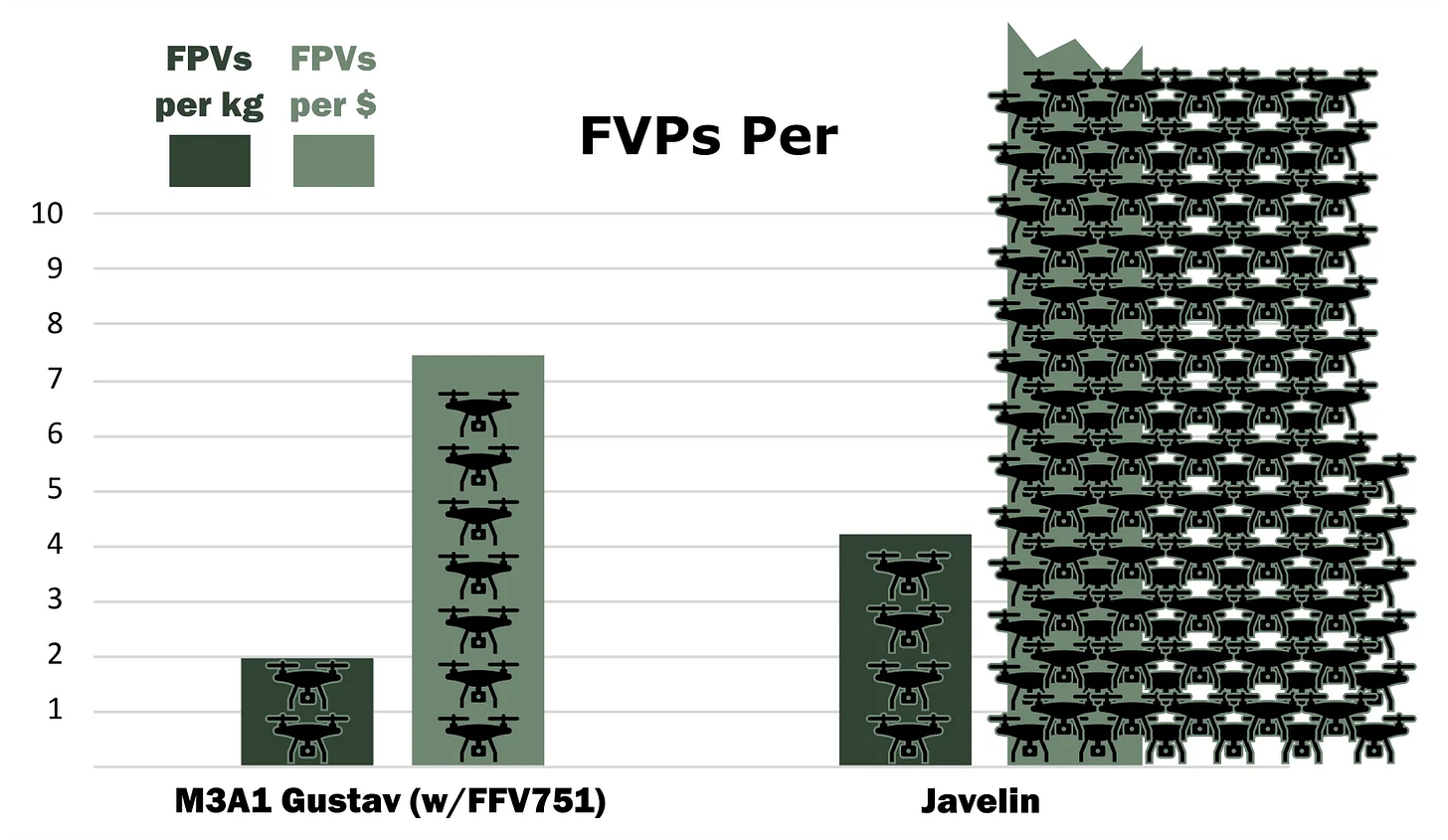
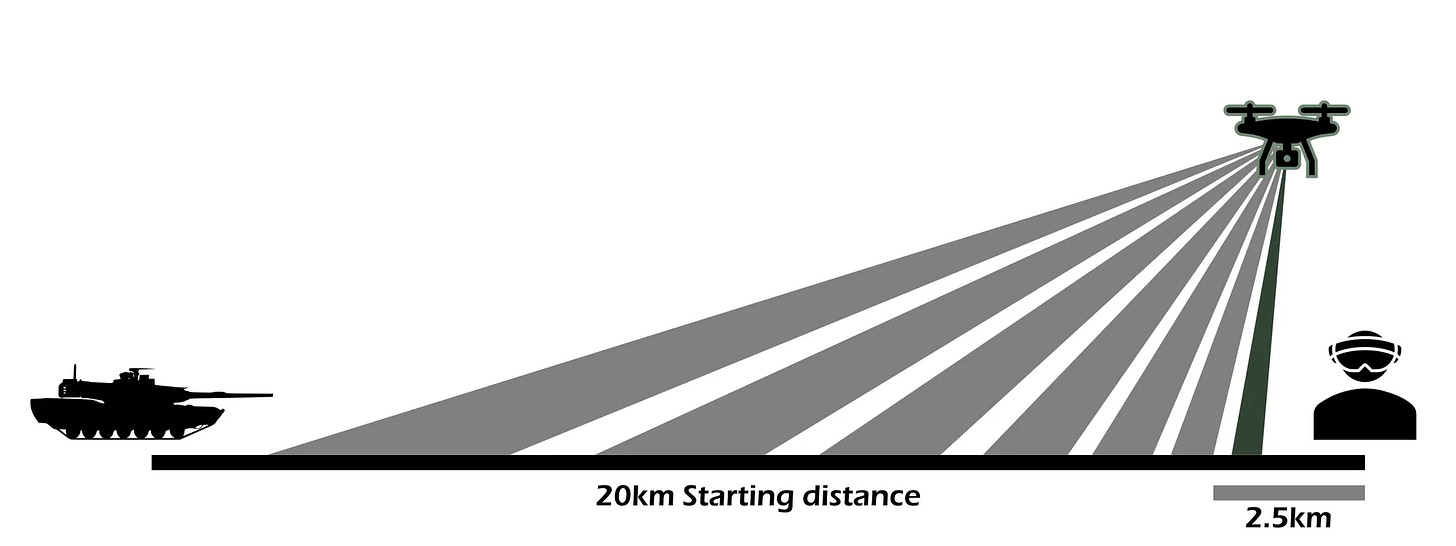
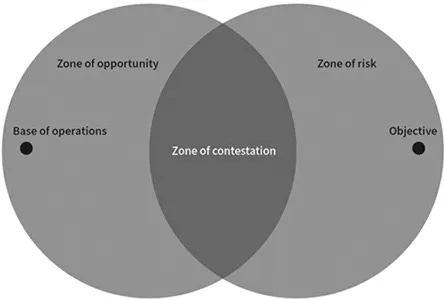
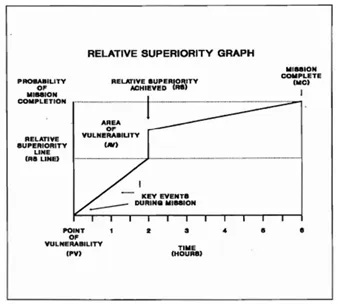

Very good read! The cost factor and time to manufacture timeline which the Ukrainians have shown is phenomenal. Scary to think what will happen when PRC uses their manufacturing scale.
Great piece, but two things. It is a combined arms fight for a reason.
I believe Nimitz had a quote about the obsolescence of a weapon isn't in its vulnerabilities but when it can be replaced. Ultimately the carrier was a superior capital ship to the battleship. Sense and shoot further out. Another way is despite all the vulnerabilities of infantry over the years. We haven't replaced them. We have augmented them but still we mass infantry. Why? We can't replace it yet
Make a strong case that we are facing a future of AT weapons.